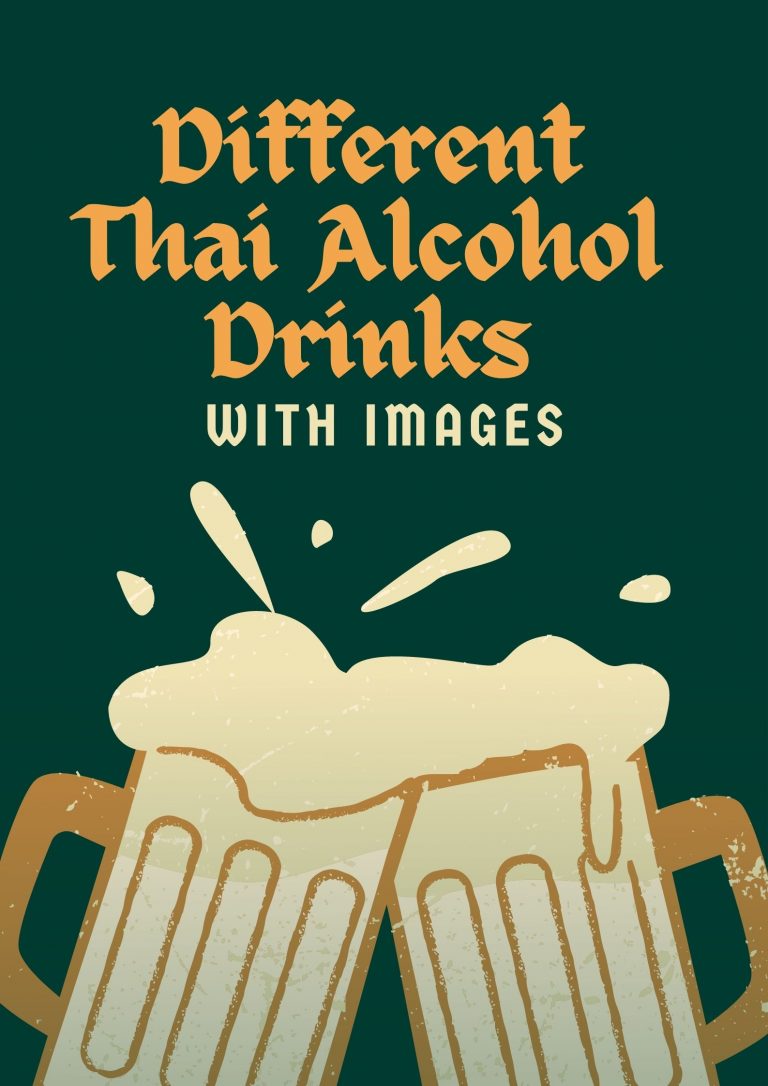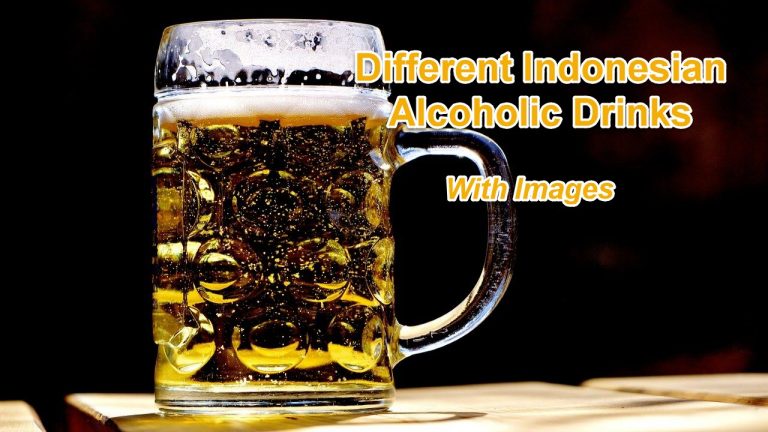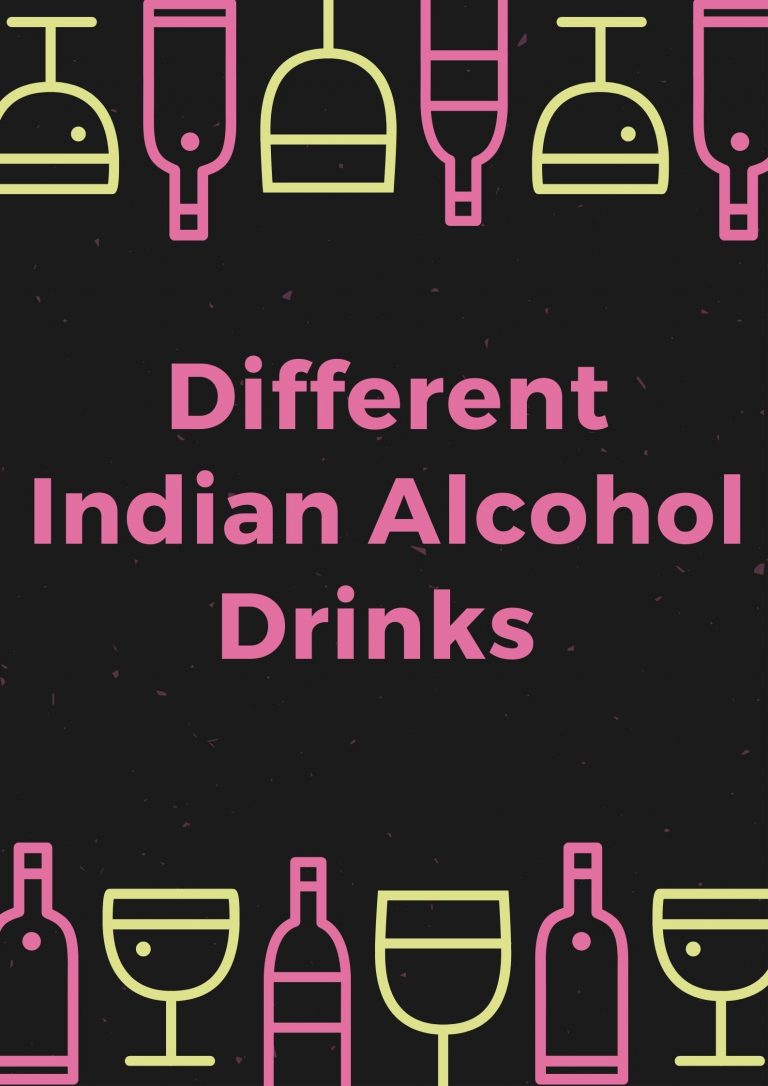9 Different Types Of Water With Images
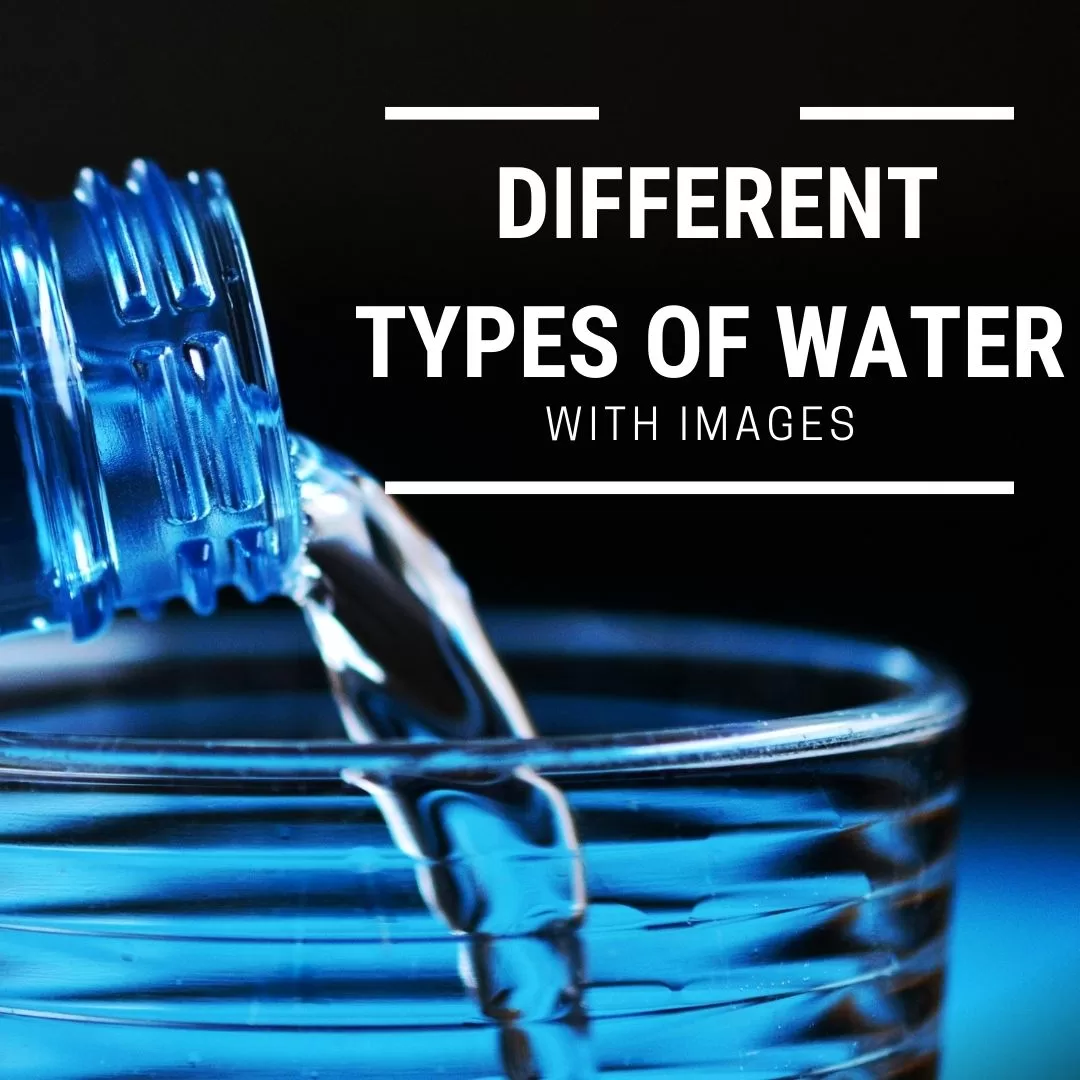
Earth’s surface is made up of approximately 71 percent of water in which almost 96.5 percent of it is covered by the ocean. Today, we will explore the different types of water, specifically the fresh water that we use in our day-to-day lives.
Why Do We Need Water
Just like the earth, our body uses water in almost all parts like the cells, tissues, and organs to help balance the body temperature and to sustain other bodily functions. It also increases our energy level and improves brain function.
Our bodies lose water every time we breathe, sweat, and digest. Thus, it is important to re-hydrate and replace the lost water through eating watery foods and drinking fluids.
So, what are the different types of water that we can drink to keep our body hydrated and help every part to function well? We will answer this question below, so keep on reading.
Different Types Of Drinking Water
Below is the list of healthy drinking water a person can intake, the health benefits they proposed, and the negative effects they caused when consumed above its minimum.

Alkaline Water
Alkaline is considered a safe drinking water. But compared to normal drinking water, alkaline water contains a higher pH level which ranges from 8 or 9.
The higher pH level of alkaline water is said to neutralize our body acid. Thus, people with conditions like acid reflux, high cholesterol, and high blood pressure are more likely to patronize this type of drinking water.
According to studies, alkaline water contains negative oxidation-reduction potential (ORP) and alkaline minerals. It is because the water naturally passed over rocks and picked up minerals. When the negative ORP value of the water increases, it becomes a great antioxidant.
Alternatively, alkaline water can go through electrolysis, an international chemical process, to be a substantial antioxidant. The electrolysis process utilizes an ionizer to expand the regular water’s pH level.
These are some of the proposed health benefits you can get from drinking alkaline water:
- skin health and hydration
- weight loss
- prevent the risk of cancer
- has colon-cleansing properties
- slows down the aging process
Though alkaline water is considered as a safe drinking water, there are also possible negative effect or effects you should know:
- too much alkaline in our body can cause gastrointestinal problems
- skin irritations
- nausea
- muscle twitching
- confusion
- vomiting
- hand tremors

Purified Water
Purified water is a raw water that has been mechanically filtered to remove chemical and most contaminants, making it a safe drinking water. During the water purification process, various impurities are removed like the chemical pollutants, bacteria, parasites, algae, fungi, and heavy metals like lead and copper.
Purified water can come from different sources like spring, tap, or surface water. Aside from drinking and cooking, purified water can also be used for industrial, laboratory, and medical purposes after going through additional purification processes.
The different methods used to purify public drinking water are the following:
- Sedimentation – a process that allows particle in suspension in the water to dispose from the suspension
- Filtration – removes contaminants like bacteria, chemical, dust, and viruses after the clean water went through various filtration systems.
- Coagulation and Flocculation – a process of adding positively charged chemicals into the water to tie up with negatively charged particles, and be filtered out.
- Disinfection – the process uses chemical disinfectants to kill remaining viruses and bacteria.
Aside from human consumption, purified water can also be used for industrial, medical, and laboratory purposes after undergoing additional purification processes.
If you want to consume pure water at home, you can install a water purifier or purchase one from the market.
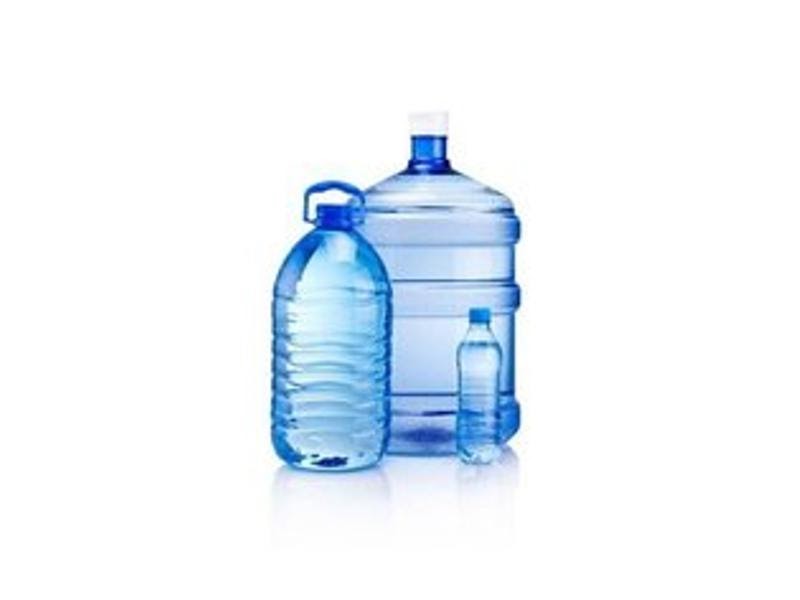
Distilled Water
Distilled water or demineralized water comes from original water boiled into vapor and liquefied back into a different canister, leaving the impurities of the original water in the original container. This method is called the distillation process. It removes minerals, salt, and other contaminants from the pure water. Distilled water is also a type of purified water.
Known to be the purest form of water, distilled water is not ideal for human consumption. Drinking distilled water can cause mineral deficiencies, and rapid loss or chloride, sodium, magnesium, and potassium. Thus, it is generally used in laboratories and medical facilities.
types of water
Spring Water
As defined by EPA, spring water is any type of water that comes from underground sources. Though natural springs not go through the community water system, they are not generally safe to consume as it comes from the underground. Many proponents of this water enjoy its refreshing and natural taste.
Spring water from authentic brands like Arrowhead and Evian are indeed the best drinking water in the world. Hence, it is very expensive compared to tap water or regular packaged water.
Known to be the natural alternative to other water sources and the most popular type of drinking water, spring water is also used to brew coffee or tea aside from drinking and cooking food.

Tap Water
Tap water, also known as municipal water, faucet water, and running water, is a water dispensed through a water dispenser valve called tap. This kind of water is found almost everywhere, from the toilet to the water in your kitchen sink.
The tap water supplied from a public water system should meet the regulations set by the local municipal bodies.
Compared to other types of drinking water, tap water can never be completely sanitized from the environmental pollutants. Thus, tap water is prone to biological or chemical contamination which can cause serious health issues. In fact, most public water supplies contain harmful bacteria, toxic chemicals, minerals, and harmful heavy metals making it unsafe to drink.
However, tap water can undergo a purification process for it to become safe to consume.
Tap water is also known as the all-purpose water as it can be used for cooking food and at the same time, for drinking, washing, gardening, and household chores.
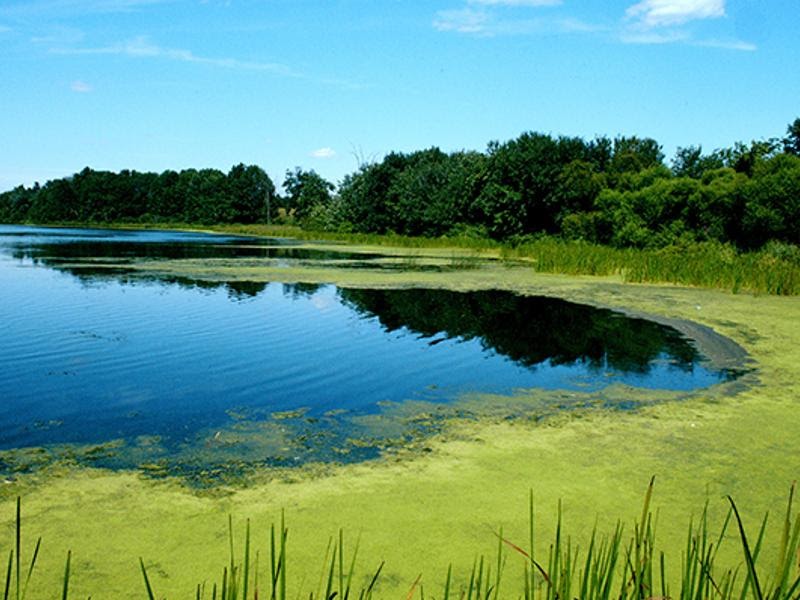
Surface Water
Surface water is any type of water above the ground. This includes the rivers, streams, lakes, wetlands, reservoirs, creeks, and any other water source above the ground.
Surface water is known to be the main element to the hydrologic cycle – a movement of water from and to the earth’s surface, commonly known as the water cycle.
When the surface water is drained underground, it becomes groundwater which can become springs when resurfaced on land to refill the surface water.
Surface water is subdivided into three types. These are the perennial, ephemeral, and man-made surface water.
- Perennial or permanent is a type of surface water that exists all throughout the year that replenishes with groundwater when precipitation happens.
- Ephemeral or semi-permanent is a kind of surface water that persists for only part annually. The ephemeral surface waters are the small creeks, water holes, and lagoon.
- Man-made water is usually those artificially constructed wetlands and dams.
Compared to groundwater, surface water is easier to access. It is used for irrigation and an important source of drinking water. Additionally, surface water is the main habitat for wildlife and aquatic plants.

Mineral Water
Mineral water comes from a mineral spring water supply containing a variety of minerals like salts, calcium carbonate, potassium, and sulfur compounds. Mineral water can be sparkling or still depending on the absence or presence of added gas, and can be saturated to carbon dioxide or hydrogen sulfide.
Mineral water is considered as a healthy drinking water due to the vital minerals it contains. These minerals also give mineral water its characteristic salty taste.
One of the relevant variations of this natural mineral water is that additional minerals can’t be added to the water by the suppliers. Aside from carbonation or iron removal, further treatment before packaging can’t be done.
Unlike any other water types, mineral water is only intended for drinking. It has a distinctive flavor and offers various health benefits as it naturally contains various important minerals. Note that the component of minerals varies depending on its brand. Some have more minerals while some may have lesser mineral contents.
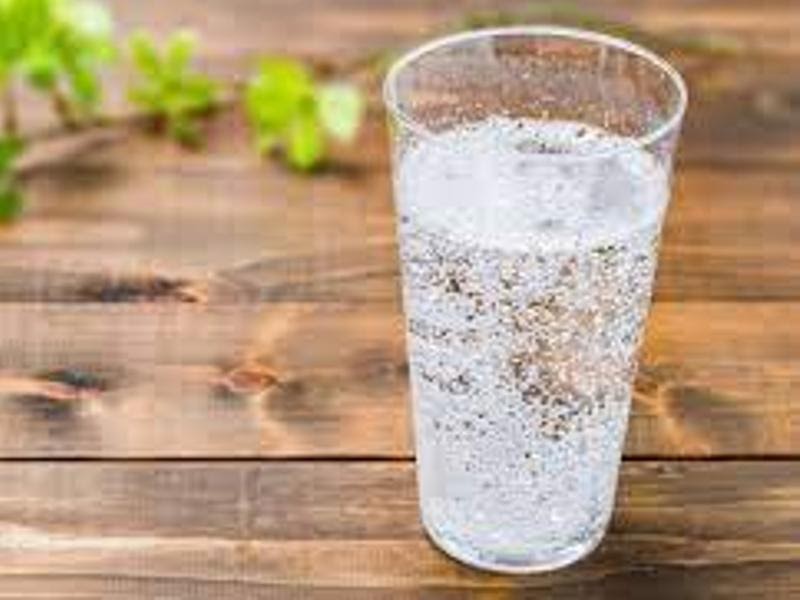
Sparkling Water
Sparkling water, commonly known as carbonated water, is a water that contains dissolved carbon dioxide gas that either occurred due to natural geological processes or artificially injected under pressure. The carbonation process produces bubbles and gives the water a sparkling quality. Sparkling water is a refreshing beverage also known as club soda, soda water, fizzy water, and seltzer water. Salt is usually added to enhance the sparkling water’s taste. It is a good alternative to sweet soft drinks.
Because its a sugary drink and contains carbonic acid, it may cause bad effects to your health.
On the brighter side, sparkling water or carbonated water also proposes benefits to your digestive health.
It helps improve swallowing ability in young adults ageing from 8 to 10, so as with the older ones.
It also increases the feeling of fullness after eating and relieves constipation.
Pure sparkling water tends to be neutral or does not cause harm to bone health, but carbonated cola drinks do the other way. So, better drink carbonated cola drinks moderately.
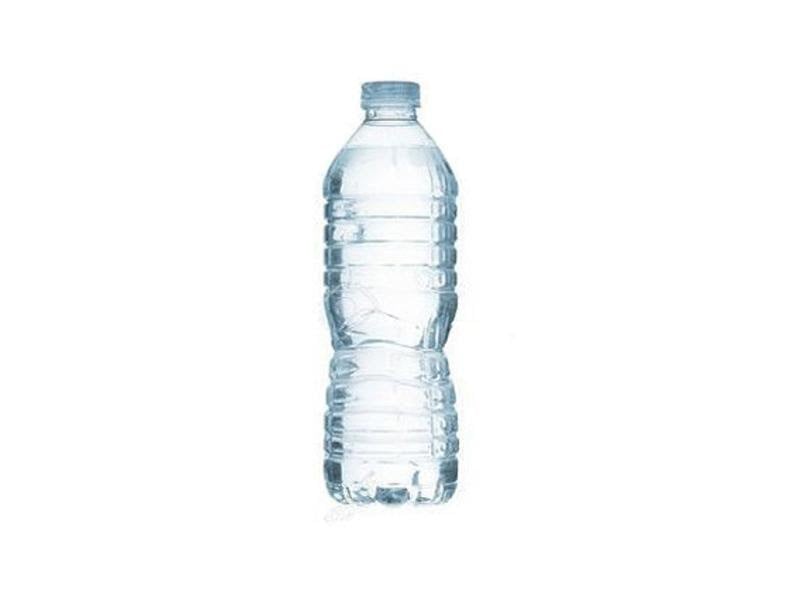
Bottled Water
Bottled water is a type of water that is packaged in glass or plastic water bottles. It can be a well water, mineral water, spring water, or distilled water, and can be carbonated or not.
It is considered as the safest and most reliable source of drinking water as per the U.S. Federal Emergency Management Agency (FEMA). While the EPA regulates tap water, bottled water is regulated as a packaged food product by FDA, which is sold in individual, purified, and sealed containers.
So these are the most common types of water available in our community.
I hope this article has helped you one way or another. If you find this information relevant, feel free to share this post. Thank you for reading!
